$85.00
BodyStance Backpod – Improve Posture & Upper Back Comfort
In today’s digital world, many people spend long hours hunched over desks, laptops, and smartphones, leading to poor posture and upper back discomfort. The BodyStance Backpod is a specially designed posture support tool that helps improve spinal alignment, reduce tension, and promote long-term comfort. Whether you work at a desk, travel frequently, or simply want to enhance your posture, the Backpod provides targeted support to help you feel better throughout the day.
Enhance Posture & Comfort with the BodyStance Backpod
The BodyStance Backpod is an ergonomic tool designed to gently stretch and support the upper back. By using it consistently, you can help counteract the effects of prolonged sitting, excessive screen time, and slouched posture. The Backpod is compact, easy to use, and made from high-quality materials to ensure durability and long-term effectiveness.
If you often feel discomfort after hours of working on your computer or using your phone, the Backpod is a great addition to your daily routine. It encourages you to sit upright, helping to improve spinal alignment and reduce strain caused by hunching forward.
Key Features & Benefits
✔ Promotes Better Posture
The Backpod is designed to assist in correcting forward-leaning posture, helping to realign the spine and encourage a more natural sitting position. Over time, using the Backpod can help reinforce healthy posture habits.
✔ Targeted Upper Back Support
Unlike regular cushions or generic back supports, the BodyStance Backpod is shaped to specifically support the upper back and shoulders. This makes it an ideal tool for individuals who experience tension from long hours of sitting.
✔ Ergonomic & Comfortable Design
The contoured design of the Backpod ensures a comfortable and effective experience. It is firm yet cushioned to provide the right balance of support and comfort while in use.
✔ Durable & High-Quality Materials
Made from premium materials, the Backpod is built to last. It maintains its shape and effectiveness over time, making it a reliable tool for daily use.
✔ Lightweight & Portable
Designed for convenience, the Backpod is compact and easy to carry. Whether you’re at home, in the office, or traveling, you can take it with you to maintain good posture anywhere.
✔ Ideal for Desk Workers & Frequent Device Users
If you spend long hours in front of a screen or driving, the Backpod helps provide support to counteract the strain caused by prolonged sitting. It’s an excellent addition to any workspace or home office.
Who Can Benefit from the BodyStance Backpod?
The BodyStance Backpod is ideal for a wide range of individuals, including:
-
Office Workers – If you work at a desk for long hours, the Backpod helps support your posture and reduces tension from hunching over a computer.
-
Students – Studying for extended periods can lead to slouching. The Backpod helps maintain proper alignment while sitting.
-
Frequent Travelers – Long flights or car rides often cause stiffness in the back. The Backpod provides a convenient way to support posture on the go.
-
Mobile Device Users – Constantly looking down at phones and tablets can strain the upper back. Using the Backpod helps counteract this effect.
-
Remote Workers – Working from home often means using makeshift workstations. The Backpod helps create a healthier sitting position.
Why Choose the BodyStance Backpod?
With so many posture support products on the market, the BodyStance Backpod stands out for its effectiveness, ease of use, and durable construction. Here’s why it’s a great choice:
-
Designed for Long-Term Use – Unlike temporary posture aids, the Backpod helps reinforce good posture habits over time.
-
Versatile & Multi-Purpose – It’s great for home, office, travel, or anywhere you need posture support.
-
Scientifically Designed for the Upper Back – Specifically targets areas affected by poor posture.
-
Simple & Easy to Use – No complicated setups—just place it under your upper back and relax.
-
Compact & Travel-Friendly – Take it anywhere for instant support and relief.
How to Use the BodyStance Backpod
Using the Backpod is simple and can be easily integrated into your daily routine:
-
Find a Flat Surface – Lie down on a yoga mat or soft carpeted floor.
-
Position the Backpod – Place it under your upper back, centered between your shoulder blades.
-
Relax & Breathe – Let your back settle into the Backpod, allowing it to support and stretch your spine.
-
Use Regularly – Start with short sessions and gradually increase usage as your body adjusts.
For best results, use the Backpod as part of a balanced routine that includes stretching, movement, and good ergonomic habits.
What Customers Are Saying
⭐ “The Backpod has made a huge difference in my posture. I no longer feel stiff after a long day at my desk!” – Sarah M.
⭐ “I take it everywhere with me. It’s simple to use and really helps relieve tension.” – Mark D.
⭐ “I never realized how much my posture was affecting my comfort. The Backpod is now part of my daily routine.” – Emily T.
Order Your BodyStance Backpod Today!
If you’re looking for a simple and effective way to improve your posture and upper back comfort, the BodyStance Backpod is the perfect solution. It’s easy to use, portable, and designed for long-term benefits.
Don’t wait—take control of your posture today! Order your BodyStance Backpod now and experience the difference.
For more back supports, click here
You must be logged in to post a review.

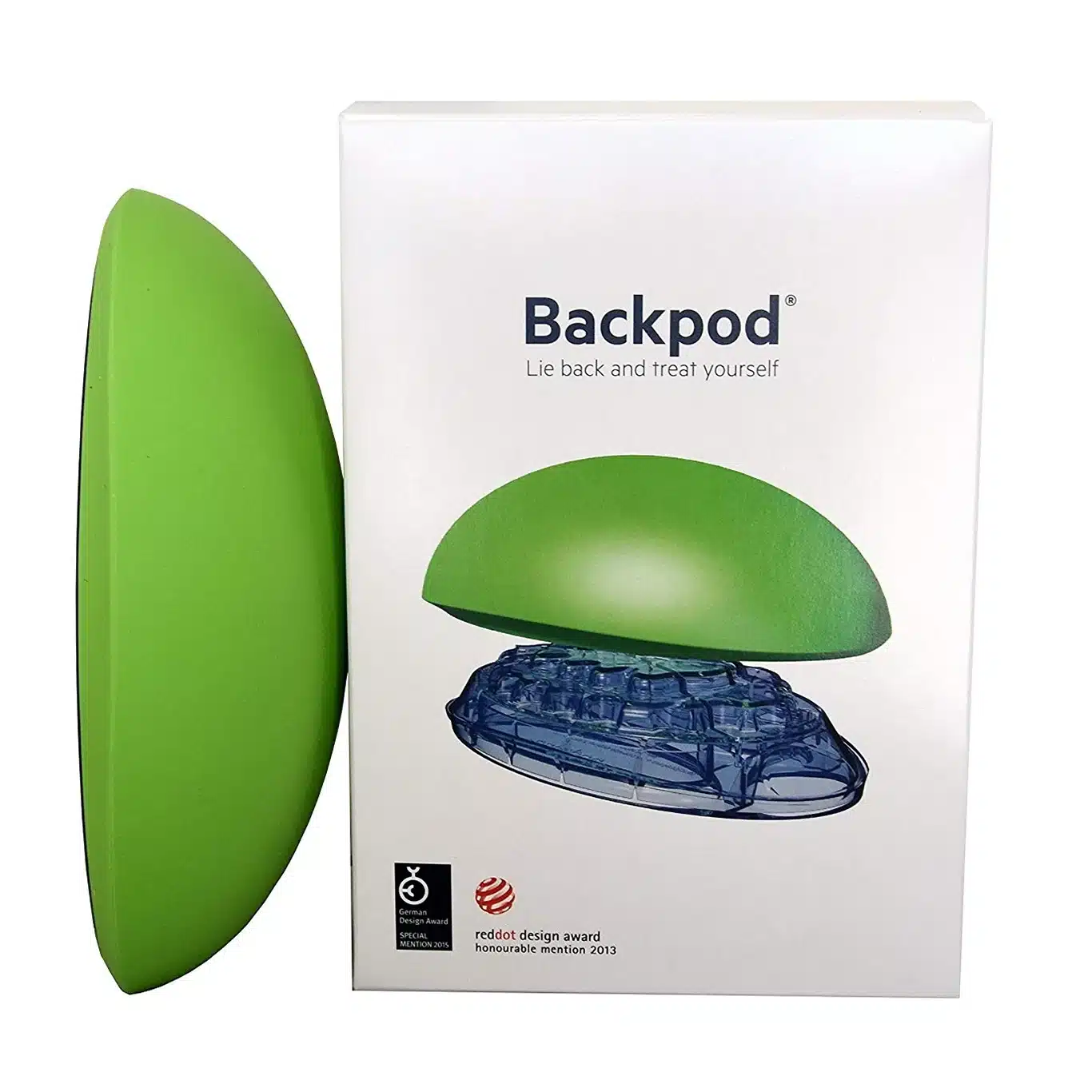
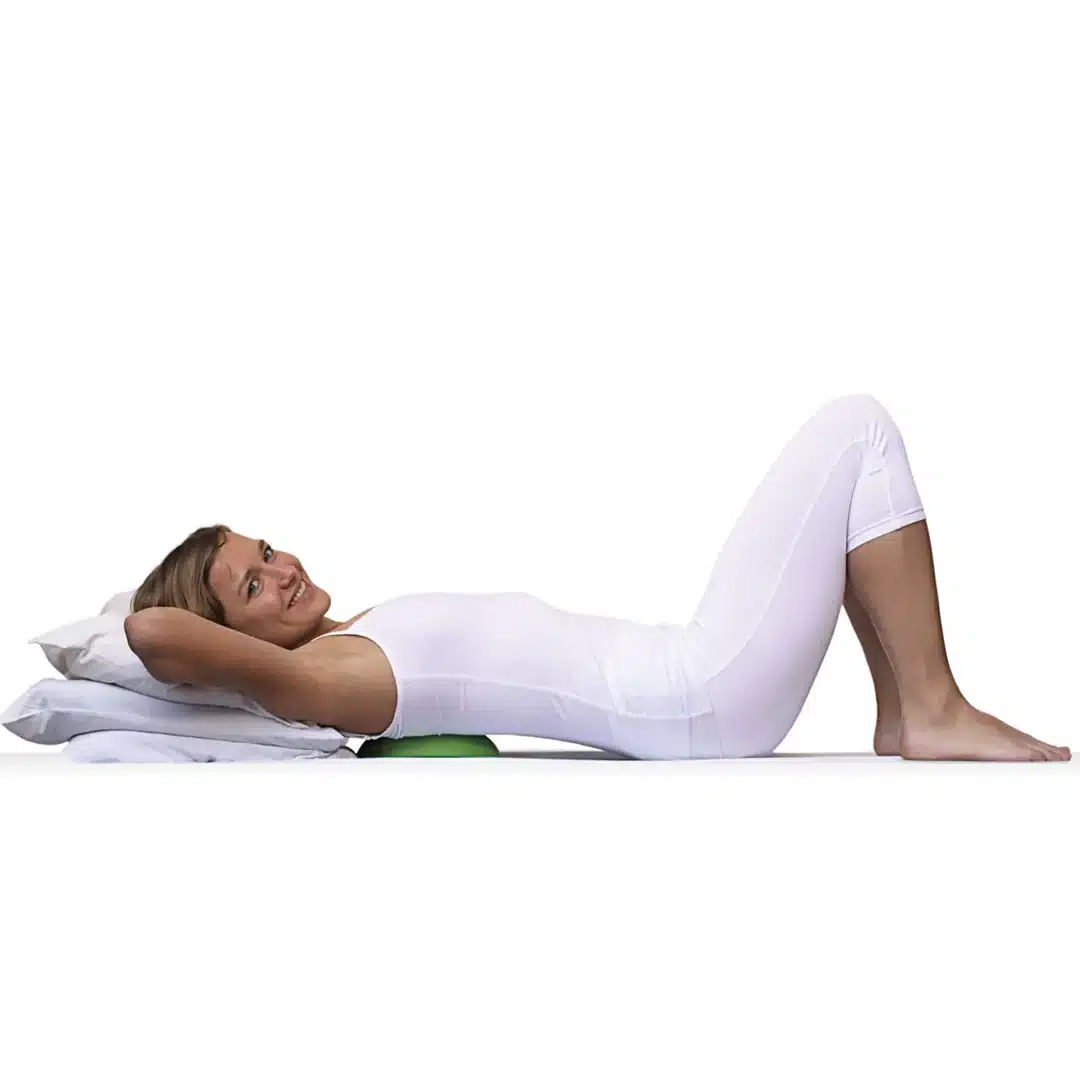
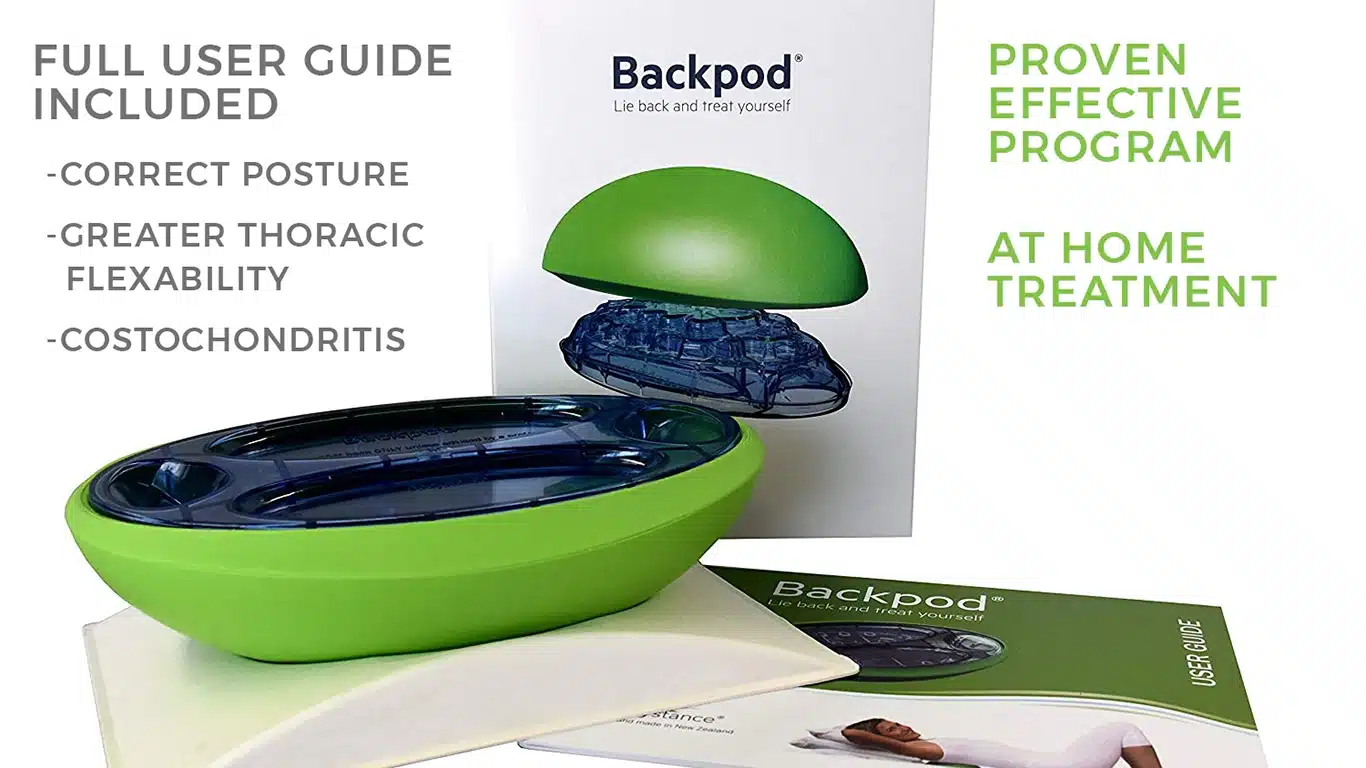
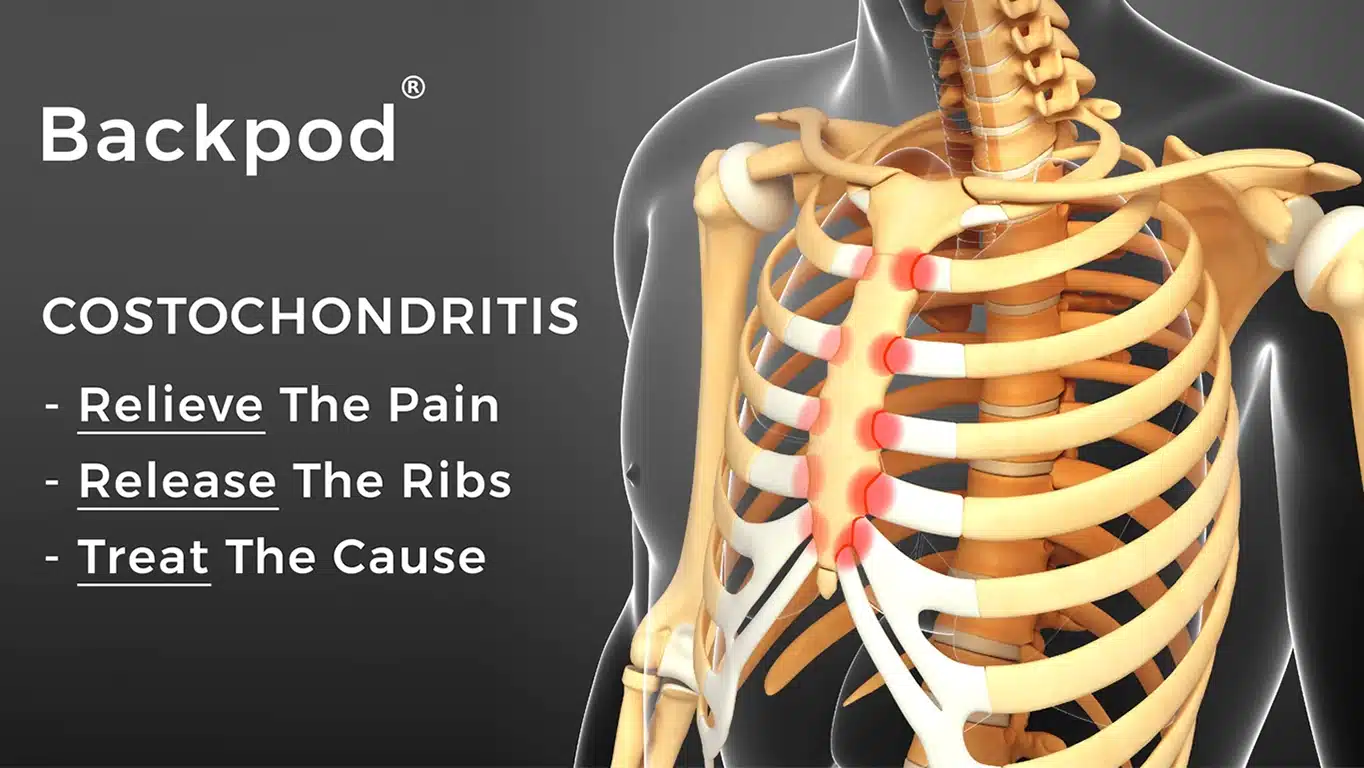
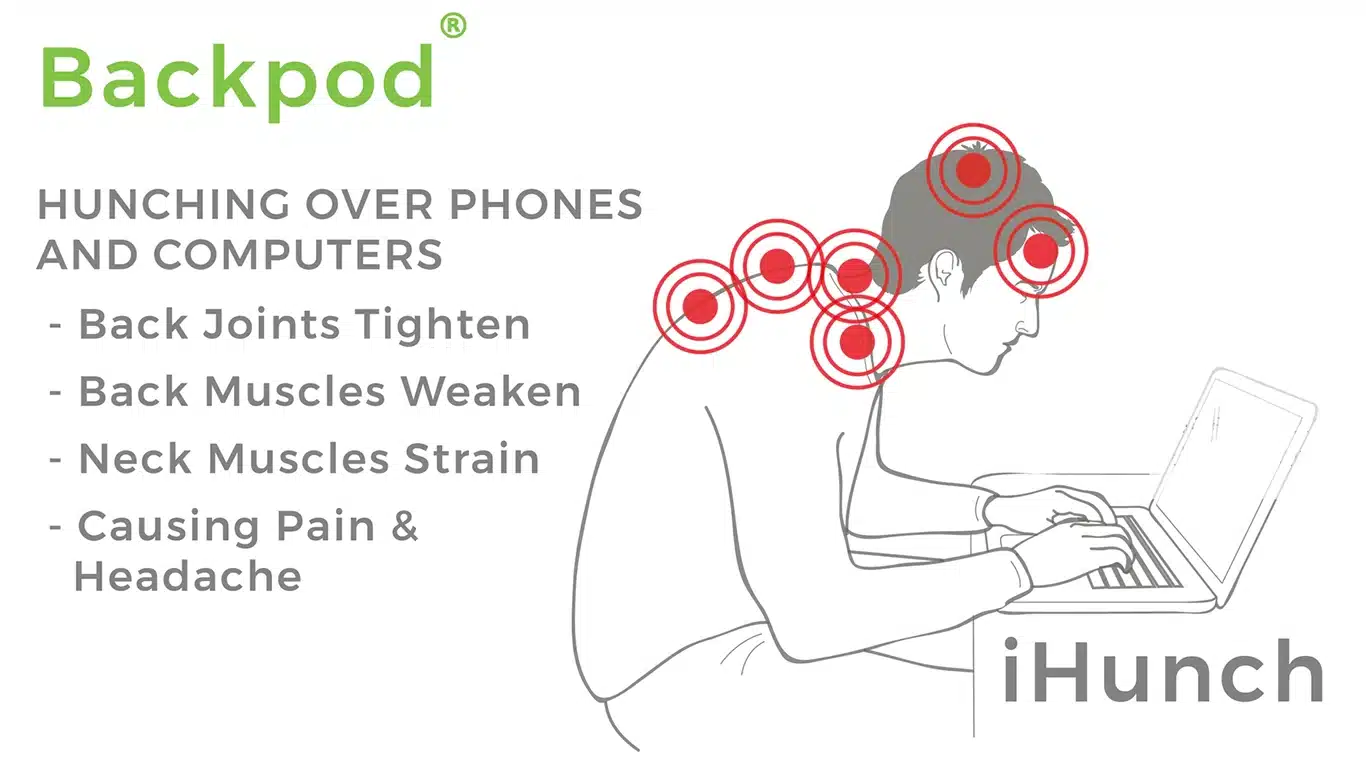
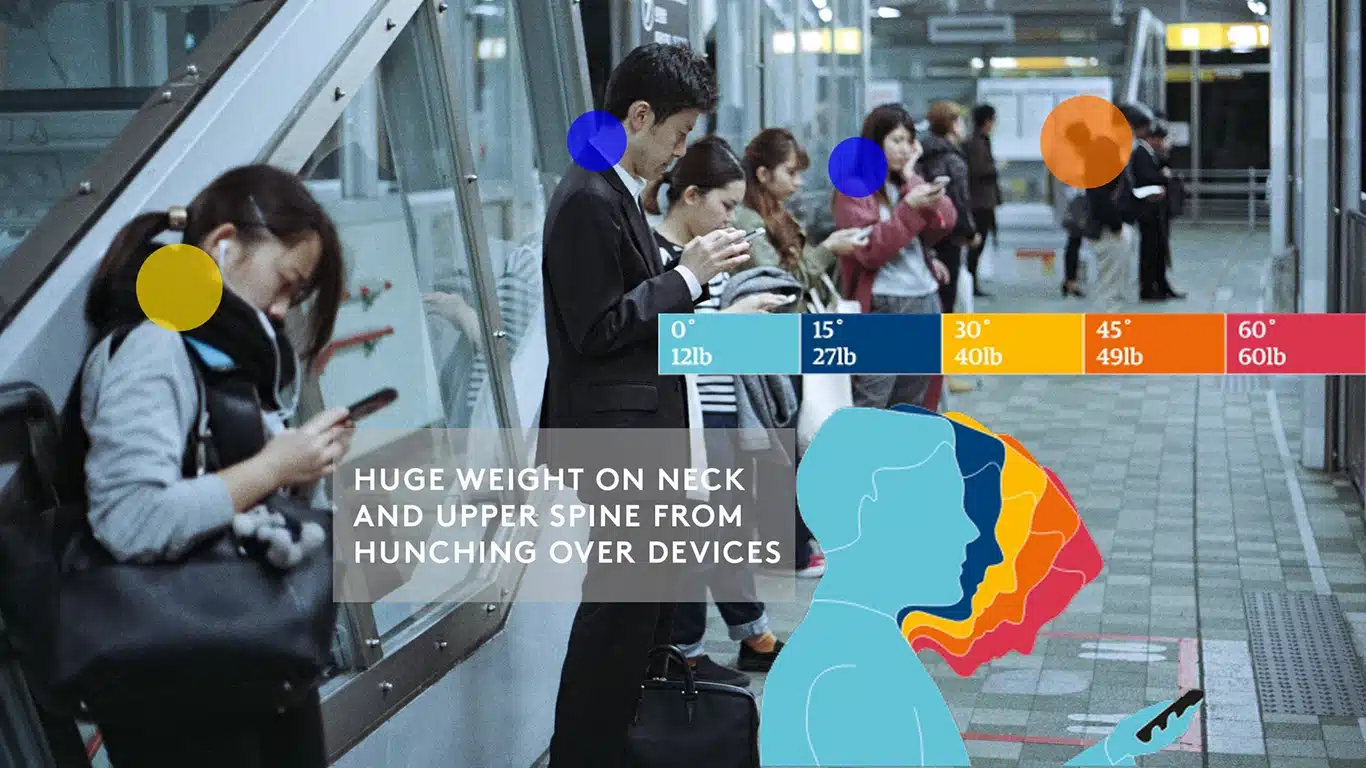
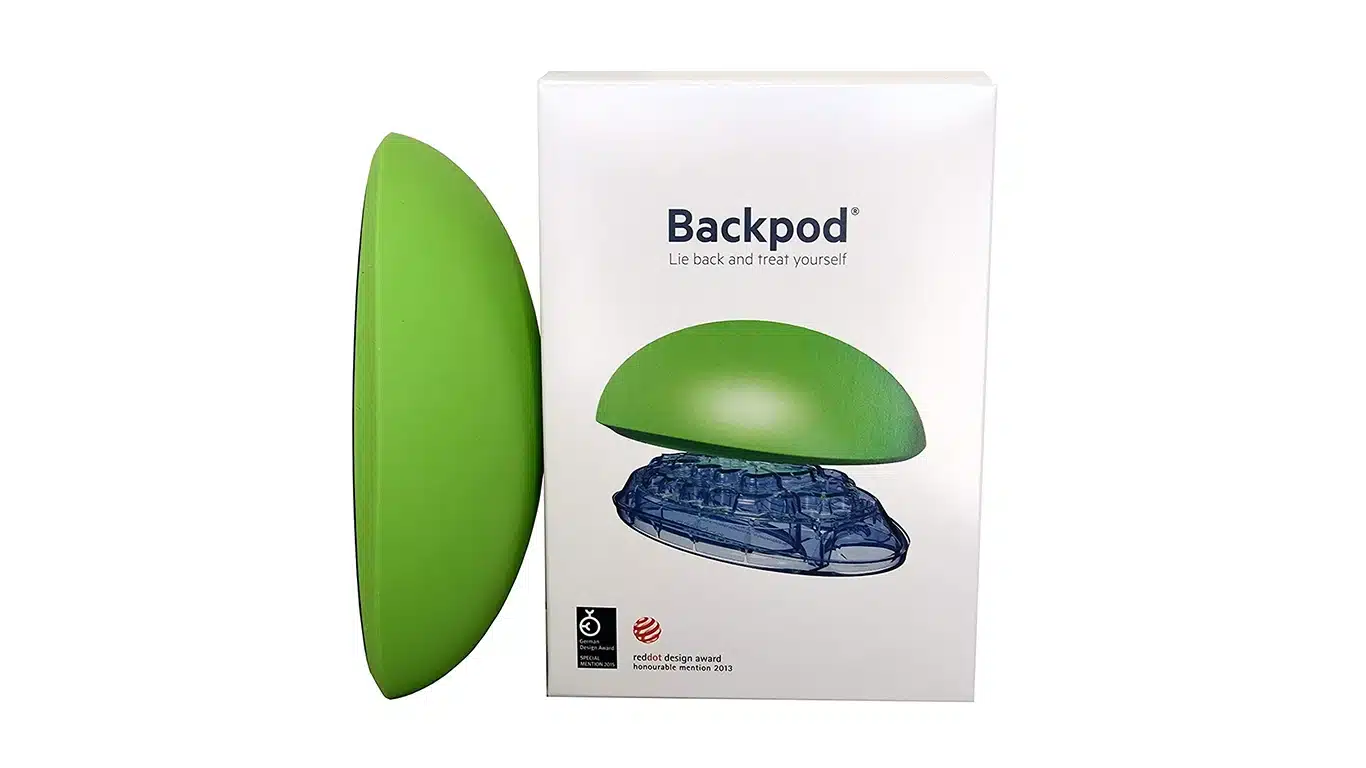
Reviews
There are no reviews yet.